Eastern Poplar Cottonwood
- September 12, 2023
- 0 comment

Eastern Poplar Cottonwood, scientifically known as Populus deltoides, is a remarkable North American tree prized for its versatility. As a towering deciduous member of the willow family, it is known for its rapid growth, making it a favored choice in various industries. The wood’s fine texture and workability lend themselves to crafting furniture, while its strength has historical ties to weapon construction, particularly in bows and arrows. It serves as an efficient firewood source, offers structural support in construction as beams and railroad ties, and finds application in shipping as pallets and crates. Its smooth, uniform texture is ideal for plywood, boards, and shiplap, and its unique grain patterns make it a favorite for live edge siding and slabs, showcasing its enduring impact on woodworking and construction.
Texture
The wood of the Eastern Poplar Cottonwood boasts a moderately fine texture that is smooth and even. This quality makes it an excellent choice for woodworking and various crafting applications, where a uniform and consistent texture is essential. Whether it’s crafting intricate carvings or creating sleek, polished surfaces, the wood’s fine texture allows artisans to achieve precision and finesse in their work, resulting in aesthetically pleasing and finely detailed creations.

Bark
The bark of the Eastern Poplar Cottonwood is a distinctive feature of the tree. When young, it is typically smooth and light gray, but as the tree matures, it darkens and becomes deeply furrowed, developing rough, scaly ridges. This bark serves as a protective layer for the tree and provides habitat and sustenance for various insects and wildlife. It also offers a visual testament to the tree’s age and resilience, displaying the passage of time through its evolving texture and color.
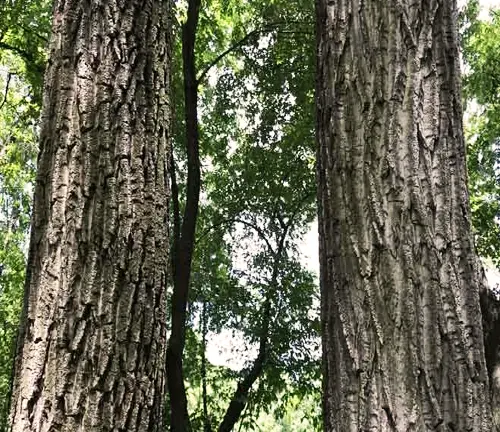
Furniture
Eastern Poplar Cottonwood wood is highly favored in the furniture industry due to its lightweight yet strong properties. Craftsmen appreciate its ease of workability and versatility, making it an ideal choice for crafting various pieces of furniture, including tables, chairs, cabinets, and dressers. The wood’s fine texture allows for smooth surfaces and intricate detailing in furniture design, while its strength ensures the durability necessary for everyday use, making it a top choice for both traditional and modern furniture styles.
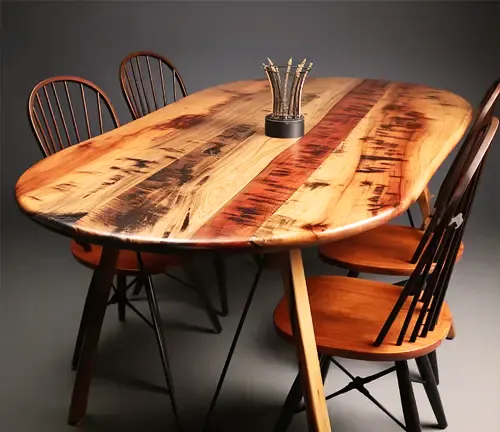
Weapon
Historically, the Eastern Poplar Cottonwood played a role in the construction of bows and arrows by indigenous cultures. Its flexible wood made it suitable for crafting bows, while its strength allowed for the creation of durable arrow shafts. The wood’s unique combination of flexibility and resilience made it an essential resource for weaponry, demonstrating its importance in ancient hunting and warfare techniques.

Firewood
The tree’s rapid growth and softwood properties make it a popular choice for firewood. Eastern Poplar Cottonwood wood burns hot and fast, making it an efficient option for heating during colder months. Its fine texture also aids in quick ignition, providing a reliable and accessible source of warmth for homes and outdoor gatherings, particularly in regions with abundant Poplar Cottonwood stands.
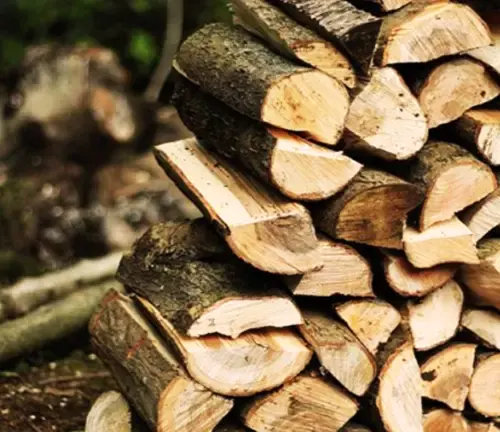
Construction
In construction, Eastern Poplar Cottonwood is employed for framing, sheathing, and interior finishing due to its lightweight yet sturdy nature. It is often used in applications where weight-bearing capacity is not the primary concern. The wood’s ease of workability and availability make it a valuable resource for builders, helping to reduce construction costs without compromising structural integrity.

Plywood
The versatile wood of Eastern Poplar Cottonwood is also used in the production of plywood, contributing to the structural integrity of various construction projects, such as walls, floors, and roofs. Plywood made from Eastern Poplar Cottonwood is renowned for its stability and ability to withstand changes in temperature and humidity, ensuring the longevity and reliability of the structures it supports.
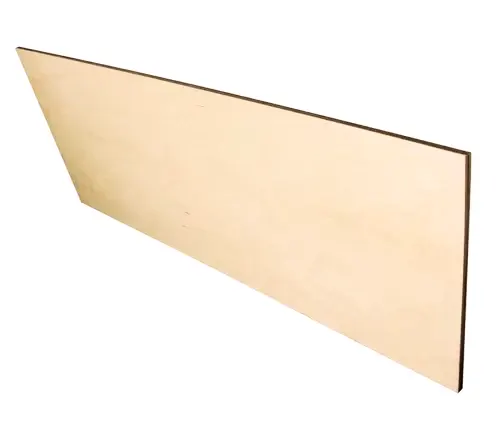
Board
Lumber milled from Eastern Poplar Cottonwood is frequently utilized in the creation of boards for various applications, including shelving, paneling, and DIY projects. Its fine texture and ease of machining make it an excellent choice for creating smooth, uniform surfaces in both functional and decorative installations, catering to a wide range of creative and practical needs.
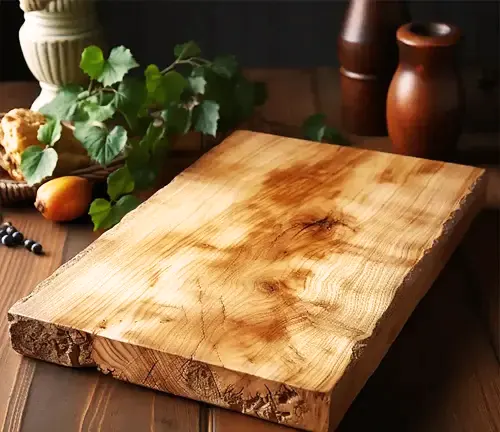
Railroad Cross Ties
The wood’s strength and resistance to decay make it a suitable choice for railroad crossties, ensuring the longevity and stability of rail infrastructure. Eastern Poplar Cottonwood’s durability under heavy loads and exposure to the elements makes it a dependable material for maintaining safe and efficient rail transportation systems.

Pallets
Eastern Poplar Cottonwood lumber is an essential component in the construction of pallets, used extensively in the shipping and logistics industry for transporting goods. Its lightweight yet sturdy nature is crucial for minimizing transportation costs while providing a reliable means of moving products safely and efficiently.
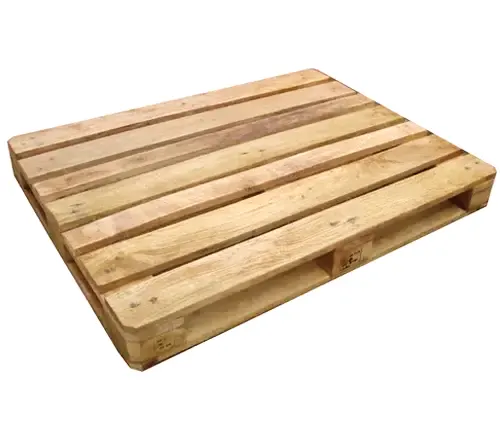
Cants
Cants are large, squared-off logs produced by sawing a log on two or more sides but not on all four. Eastern Poplar Cottonwood cants are used in the manufacturing of a wide range of wood products, including veneer, plywood, and construction materials. Their uniform shape and structural integrity make them a valuable resource in the wood processing industry, supporting the production of various high-quality wood products.
Fencing
The lightweight and cost-effective nature of Eastern Poplar Cottonwood lumber makes it a popular choice for constructing fences, providing both privacy and security to properties. Its fine texture allows for smooth and attractive fence surfaces, while its affordability makes it an accessible option for homeowners and businesses looking to establish boundaries and enhance property aesthetics.
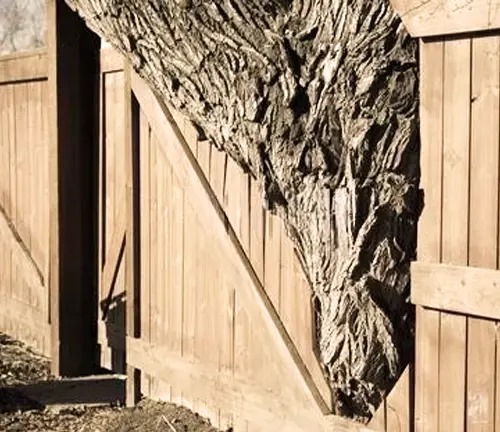
Wooden Crates
The wood is commonly used in the fabrication of wooden crates for shipping and storage purposes, thanks to its durability and availability. Eastern Poplar Cottonwood’s strength and reliability make it an excellent choice for protecting and transporting a wide range of goods, from delicate items to heavy machinery, in a variety of industries.

Wood Decking
When treated and maintained properly, Eastern Poplar Cottonwood can serve as a cost-effective and attractive material for wood decking. It creates inviting outdoor spaces for relaxation and entertainment, combining functionality with visual appeal.

Shiplap
Eastern Poplar Cottonwood’s smooth texture and ease of machining make it an ideal choice for shiplap siding. Whether used for interior or exterior applications, shiplap adds character and charm to walls, enhancing the aesthetic appeal of homes and structures.
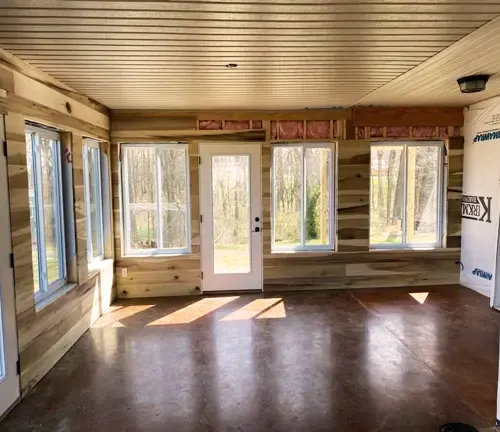
Live Edge Siding
Eastern Poplar Cottonwood stands out for its unique grain patterns and distinctive coloration, making it an appealing choice for live edge siding. This siding style imparts a rustic and natural appearance to homes and structures, aligning perfectly with contemporary design trends.

Slabs
Woodworkers and artisans highly covet slabs of Eastern Poplar Cottonwood. These slabs are in demand for creating one-of-a-kind pieces such as live edge tables, countertops, and mantels, showcasing the wood’s natural beauty and character.
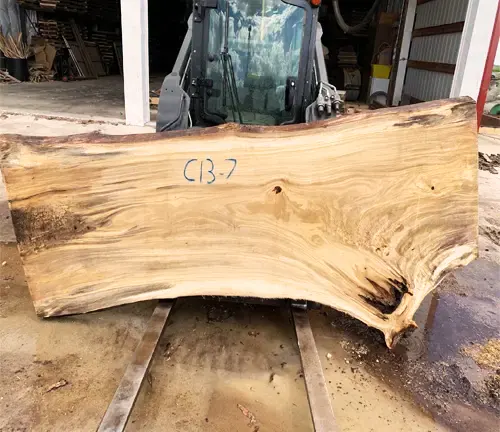
Beams
The strong and sturdy nature of Eastern Poplar Cottonwood wood makes it a valuable resource in construction for crafting beams. These beams provide essential structural support in buildings and bridges, combining both durability and functionality to ensure the integrity of architectural projects.
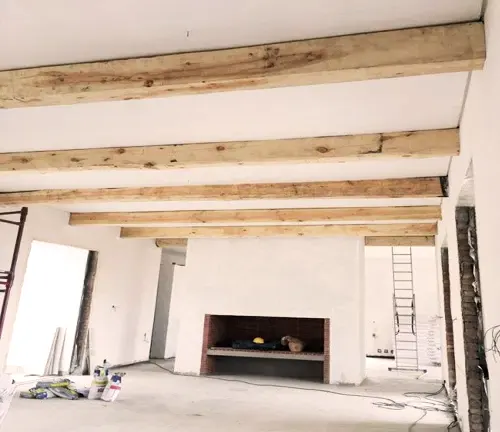
You can check our Lumber Section for an even more comprehensive look into the world of wood and its countless applications. There’s a wealth of knowledge waiting for you there, so dive right in and embark on your next enlightening read. Happy Reading!
Frequently Asked Questions (FAQs)
- What is Eastern Poplar Cottonwood, and where is it commonly found?
Eastern Poplar Cottonwood, scientifically known as Populus deltoides, is a tree native to North America. It is commonly found in regions with ample water sources, such as riverbanks, floodplains, and wetlands. - What makes Eastern Poplar Cottonwood’s wood suitable for furniture making?
Eastern Poplar Cottonwood wood is favored in the furniture industry due to its lightweight yet strong properties. It is easy to work with, making it an ideal choice for crafting various pieces of furniture. - Is Eastern Poplar Cottonwood suitable for firewood?
Yes, it is. Eastern Poplar Cottonwood wood is known for its rapid growth and softwood properties, making it an efficient choice for firewood. It burns hot and fast, providing effective heating during colder months. - How is Eastern Poplar Cottonwood used in construction?
Eastern Poplar Cottonwood is employed in construction for framing, sheathing, and interior finishing. Its lightweight yet sturdy nature makes it suitable for applications where weight-bearing capacity is not the primary concern. - Can Eastern Poplar Cottonwood be used in woodworking projects other than furniture?
Absolutely. The wood’s smooth and even texture makes it an excellent choice for various woodworking projects, including cabinetry, shelving, paneling, and DIY endeavors. - Is Eastern Poplar Cottonwood environmentally friendly?
Eastern Poplar Cottonwood is considered environmentally friendly due to its rapid growth and potential for sustainable harvesting. Additionally, it is known for its ability to stabilize soil along riverbanks and prevent erosion. - How does Eastern Poplar Cottonwood contribute to the shipping industry?
Eastern Poplar Cottonwood lumber is an essential component in the construction of pallets and wooden crates used for shipping and storage. Its durability and availability make it a reliable choice for safeguarding goods during transit. - Are there any unique uses for Eastern Poplar Cottonwood, such as live edge siding and slabs?
Yes, Eastern Poplar Cottonwood’s distinctive grain patterns and coloration make it a sought-after choice for live edge siding, creating a rustic and natural appearance. Additionally, woodworkers often use slabs of this wood to craft one-of-a-kind pieces like live-edge tables, countertops, and mantels, showcasing its natural beauty.
In closing, Yellow Poplar Tulipwood stands as a testament to nature’s artistry and its manifold contributions to our world. With its striking golden hue and fine, workable grain, this remarkable hardwood has woven itself into the tapestry of our lives. From its versatility in woodworking to its use in crafting fine furniture, Yellow Poplar Tulipwood embodies both beauty and function. As we celebrate the unique attributes of this tree, let us continue to appreciate and harness its enduring legacy for generations to come.


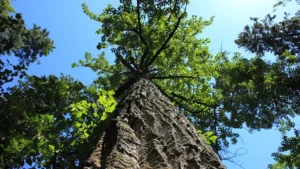
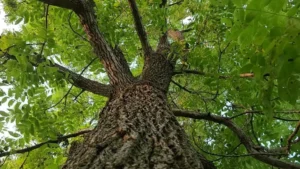
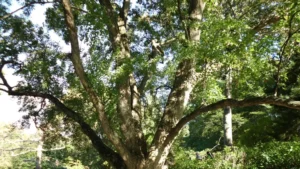
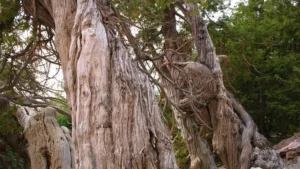

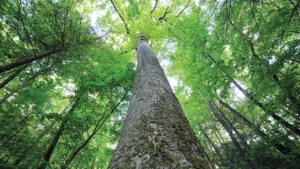


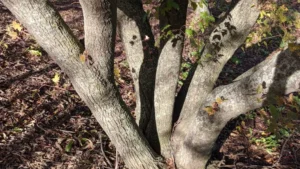
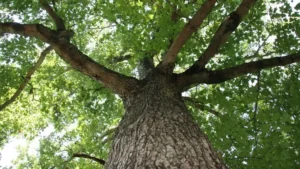
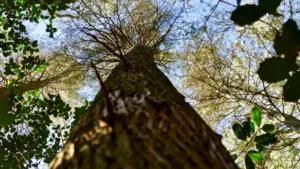
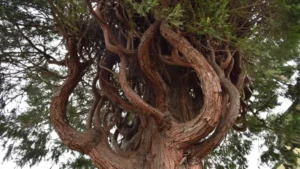
Leave your comment